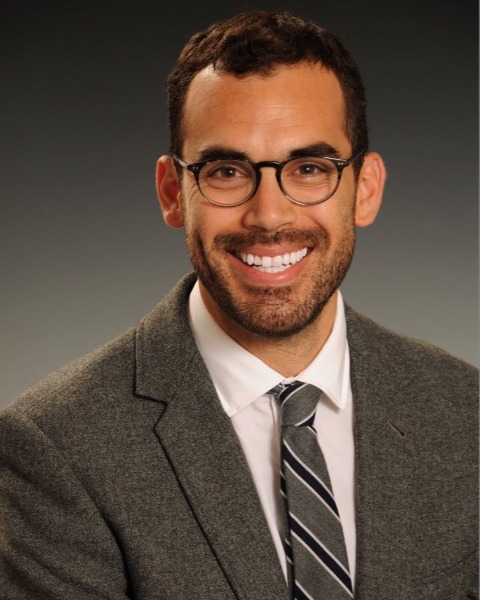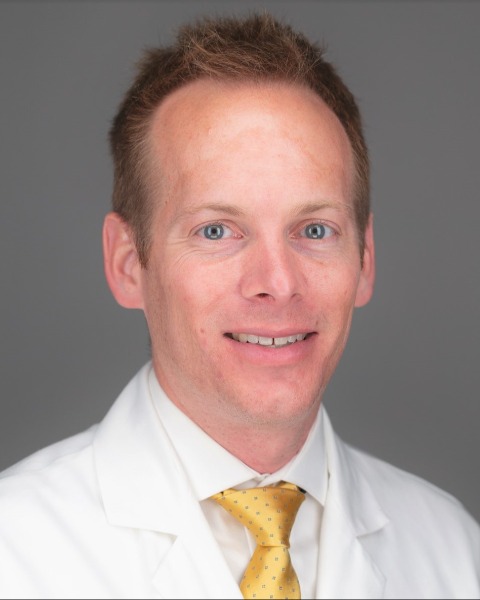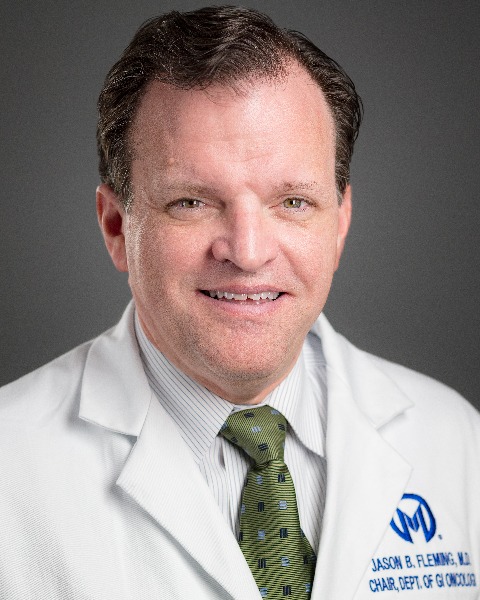Hepato-pancreato-biliary
E277: The Role of Neighborhood Socioeconomic Deprivation on Overall Survival for Stage I/II Hepatocellular Carcinoma Patients in Florida: An Incidence-Based Retrospective Cohort Study

Ace St. John, MD, MS (he/him/his)
Resident Physician
University of Maryland Medical Center, United States
Ace St. John, MD, MS (he/him/his)
Resident Physician
University of Maryland Medical Center, United States
Jason W. Denbo, MD
GI/HPB Surgeon
Moffitt Cancer Center
Tampa, Florida, United States- JP
Jenny B Permuth, PhD
GI Oncology
Moffitt Cancer Center, United States - SV
Susan T. Vadaparampil, PhD, MPH
Professor
Moffitt Cancer Center, United States - CK
Cheryl Knott, PhD
Professor, behavioral and community health
University of Maryland, United States - DA
Daniel A. Anaya Saenz, MD, MSHCT
GI Oncology
Moffitt Cancer Center
Tampa, Florida, United States 
Jason B. B. Fleming, MD (he/him/his)
GI Oncology
Moffitt Cancer Center, United States- BP
Benjamin Powers, MD
University of Maryland Marlene and Stewart Greenebaum Comprehensive Cancer Center
University of Maryland, United States
ePoster Abstract Author(s)
Submitter(s)
Author(s)
Methods: We leveraged the incidence-based Florida Cancer Database to identify 3,610 early-stage HCC patients (AJCC 7th edition stage I/II), reported to be clinically eligible for surgery between 2008 and 2015. The Area Deprivation Index, a validated dataset, was employed to assess SED by ranking neighborhoods (census block groups) on a scale of 1-100 (with higher scores indicating higher deprivation) at a national level. OS was then analyzed by quintile, and survival analysis techniques like Kaplan-Meier, log-rank test, and Cox proportional hazard regression were deployed.
Results:
The study found a median national SED ranking of 64, with a median follow-up time of 22.1 months. The treatment rates were 77.5% for no procedural treatment, 11.2% for hepatectomy, and 11.3% for transplant. The median OS stood at 14.6, 48.4, and 97.4 months for no procedural treatment, hepatectomy, and transplant, respectively (p< 0.05). When comparing the lowest and highest SED quintiles, the median OS was 24.4 and 18.9 months respectively (p< 0.05). In cases of hepatectomy or transplant, no significant OS difference was found between the lowest and highest SED quintiles (64.4 and 61.6 months, respectively). However, post demographic and treatment variables adjustment, a higher mortality rate was observed in the highest SED quintile compared to the lowest (HR 1.19; 95% CI,1.05-1.37).
Conclusions: The findings reveal that in Florida, early-stage HCC patients from higher SED neighborhoods are less likely to receive treatment and have poorer overall survival rates compared to those from lower SED neighborhoods. This OS disparity remained even after accounting for demographic and treatment variables, highlighting a pressing need to further explore the impact of SED on the HCC cancer continuum.
Learning Objectives:
- Develop an understanding of socioeconomic deprivation (SED) and analyze its impact on the treatment and overall survival (OS) of early-stage hepatocellular carcinoma (HCC) patients.
- Learn to apply validated datasets like the Area Deprivation Index for assessing SED at a more precise geographic level such as neighborhoods.
- Explore potential strategies to mitigate the identified disparities and improve healthcare outcomes for HCC patients across different socioeconomic groups.
